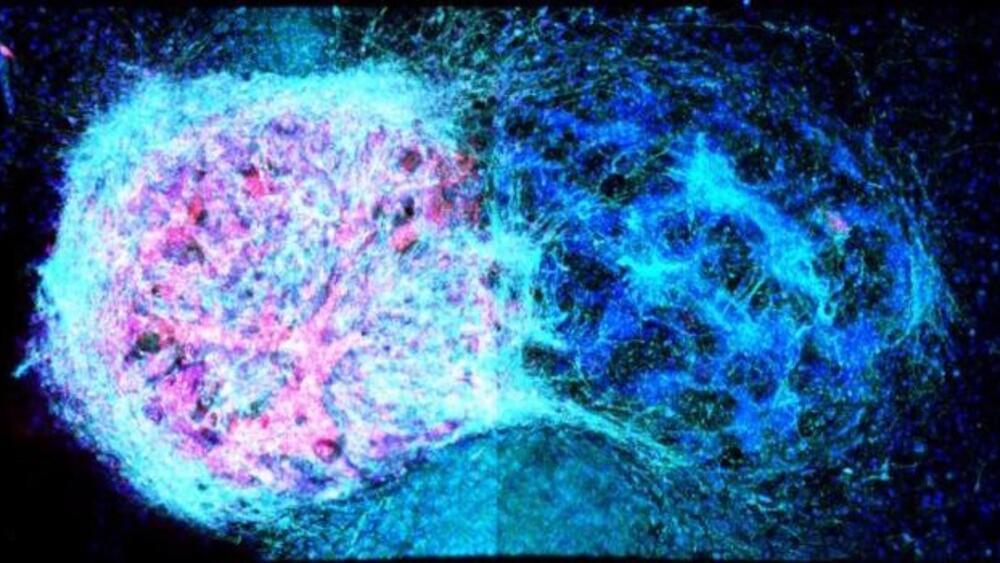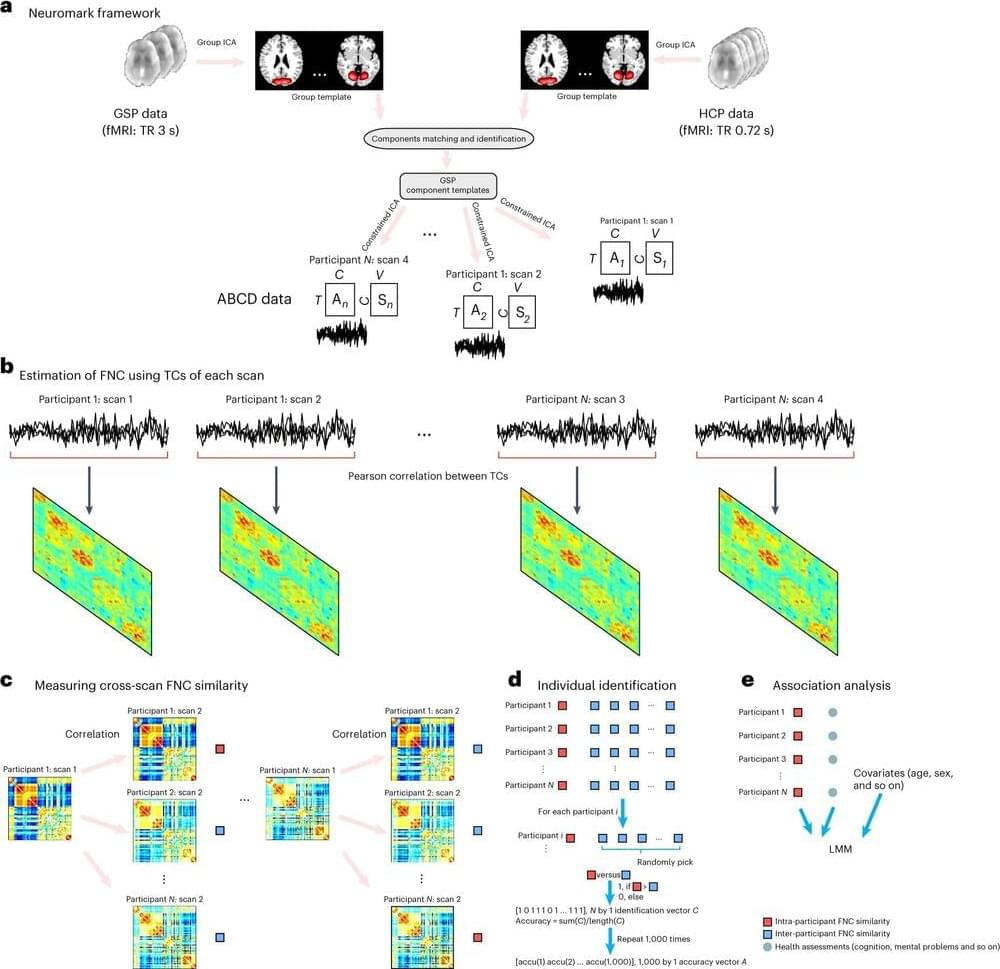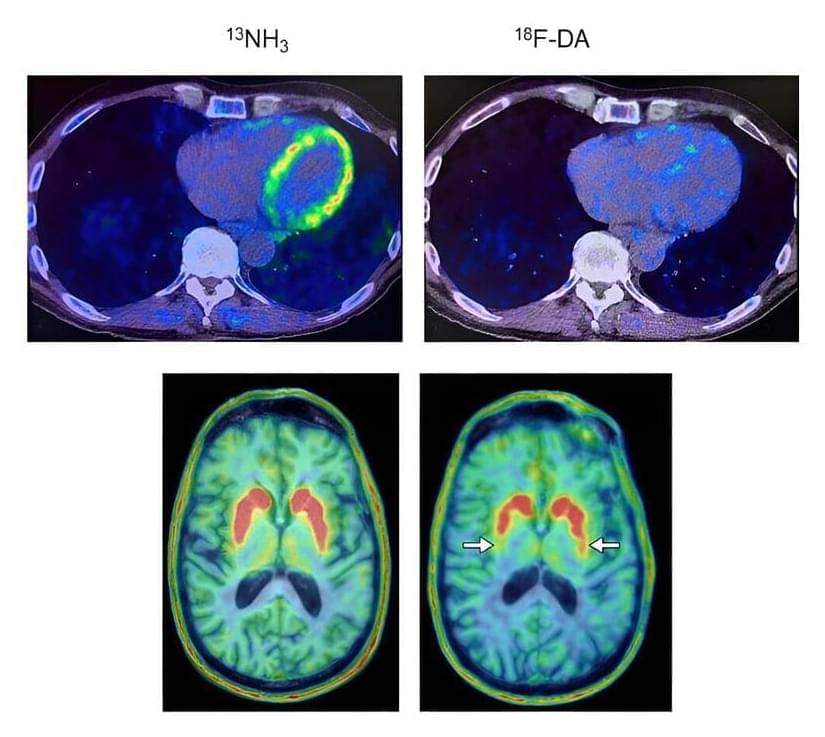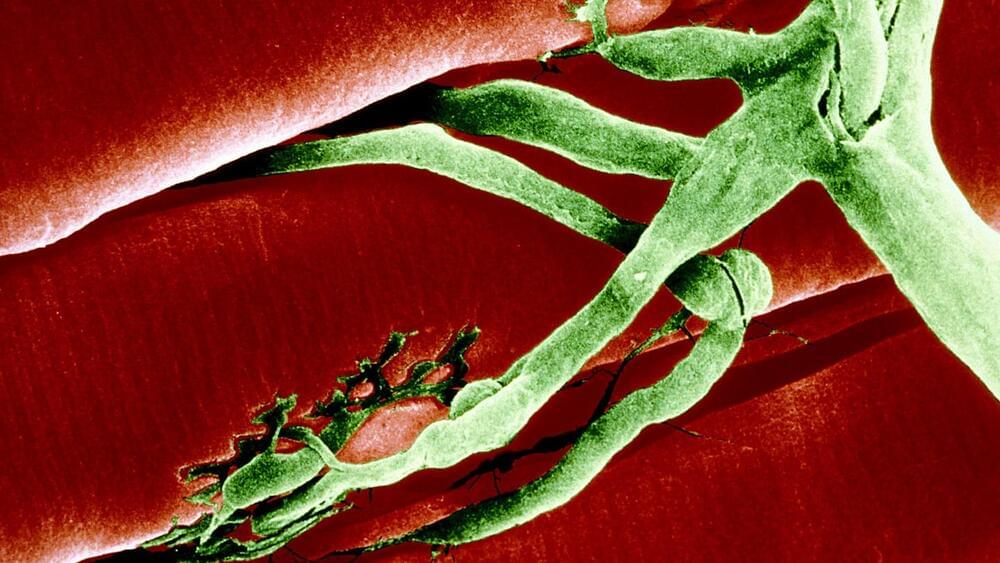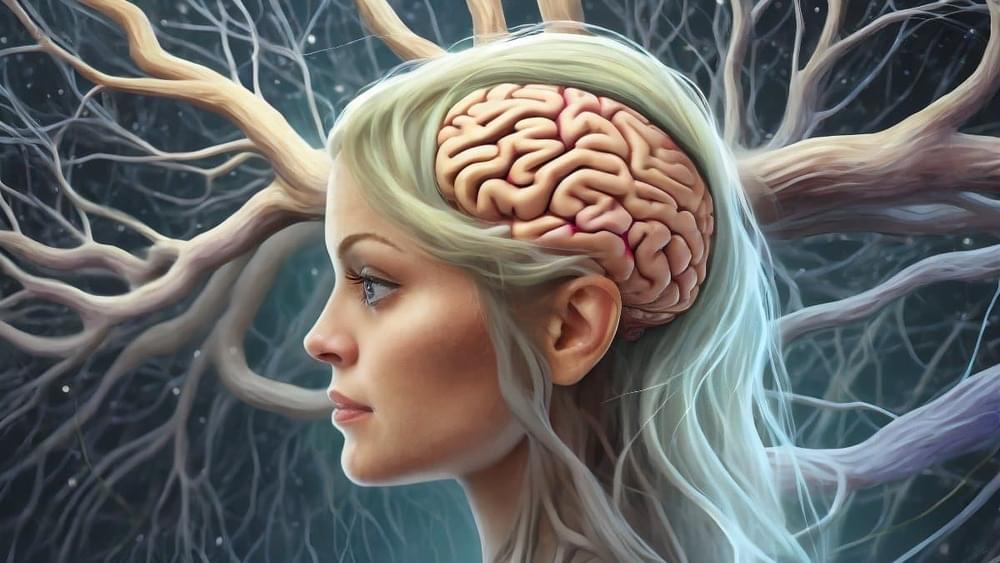The University of Oxford researchers for the first time showcased that neural cells can be 3D printed to replicate the structure of the brain’s outer layer: the cerebral cortex.
In a significant breakthrough, scientists have created brain tissue using human stem cells through 3D printing. This advancement holds promise for potential future applications in treating brain injuries.
For the first time, the University of Oxford researchers showcased that neural cells can be 3D printed to replicate the structure of the brain’s outer layer: the cerebral cortex.
This accomplishment marks a significant advancement in the realm of neural tissue engineering.
